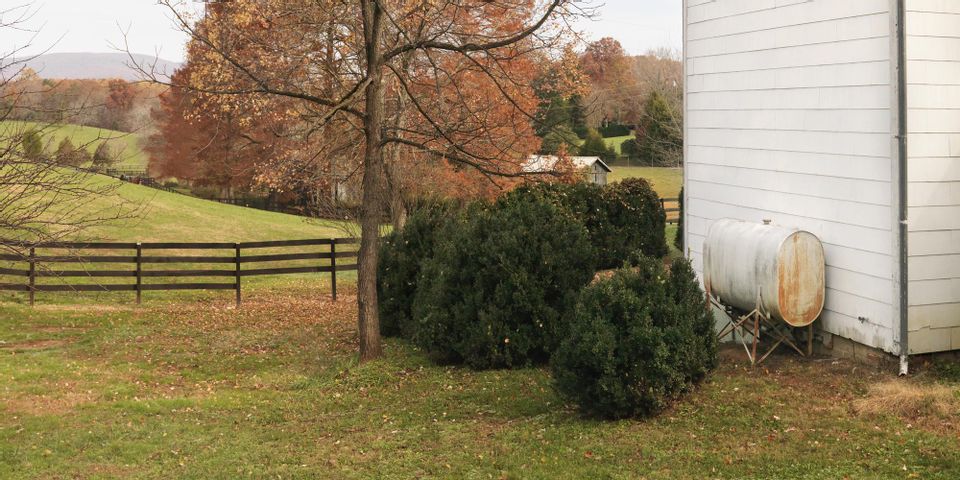What Are the Differences Between Indoor & Outdoor Residential Oil Tanks?

If you’re looking for an affordable and efficient way to stay warm at home, an oil heating system is fantastic. It’s safe, stable, and burns much more efficiently than other forms of fuel. Having one gives homeowners a certain of level of latitude in their choices, chief among them being the location of the residential oil tank. To inform your choice, here’s what you need to know about the differences between them.
A Guide to Residential Oil Tanks
Outdoor
Although they’re sturdy and strong, aboveground outdoor residential oil tanks are susceptible to certain problems and need a little maintenance. Changing seasons and temperatures can cause condensation buildup, which can in turn lead to corrosion. Having your tank professionally inspected from time to time is the best way to combat these issues. Gelling, which is when oil starts to solidify, is another common difficulty when the weather turns colder. Thankfully, additives that can be added to the oil to stop it from happening.
Since outdoor tanks have plenty of space, they can hold an enhanced capacity. You won’t need to worry about rearranging and moving objects if you don't have enough room in your basement. If you have a water source nearby, make sure to position the tank downhill in case of a leak to avoid contamination.
Indoor
 If you’re worried about maintenance and damage, you may want to have the tank installed indoors. This placement will provide protection from poor weather and temperature fluctuations that can pose problems like condensation, rust, and oil gelling.
If you’re worried about maintenance and damage, you may want to have the tank installed indoors. This placement will provide protection from poor weather and temperature fluctuations that can pose problems like condensation, rust, and oil gelling.
However, they require an adequate amount of space. There must be room between the tank and the wall so that all sides can be examined by a technician during annual inspections. Although heating oil is stable and requires an extremely high temperature to ignite, for safety purposes, it shouldn’t be within five feet from anything with a combustion mechanism. You should also keep it cordoned off and removed from activity areas, so that no one accidentally knocks into it.
Underground
There are certain drawbacks to underground tanks. Installation costs are typically higher, and they can’t be accessed as easily as aboveground tanks for inspection or repairs. Leakage is harder to detect with these models. However, they’re advantageous for homeowners who want to save valuable lawn or interior space. They also can provide enhanced capacity and reduced risk of fire or explosion.
Considering an oil heating system but unsure how to place your residential oil tank? If you’re in Southeast Connecticut, call Andersen Oil Company today at (860) 464-7628. Located in Ledyard, they’re known for their knowledge, experience, and dedicated customer service. Whether you need oil delivery, installations, or repairs, trust their team. They even offer 24/7 emergency services and maintenance plans. To learn more about these heating oil services, visit their website.
About the Business
Have a question? Ask the experts!
Send your question

